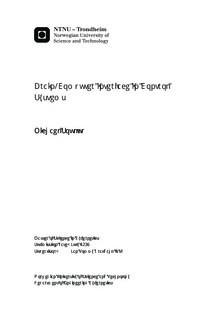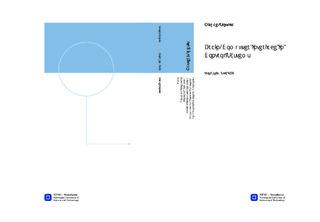| dc.description.abstract | A Brain-Computer Interface (BCI) is a system that allows for direct communication between the brain and an external device. Originally, the motivation for developing BCIs has been to provide severely disabled individuals with a basic communication system. Recent years, BCIs directed at regular consumers in practical control applications have gained popularity as well, for which the ultimate goal is to provide a more natural way of communicating with machines. However, BCIs intended at use in control systems face several challenges and are still inferior to conventional controllers in terms of usability, reliability and practical value. In this thesis, we explore two novel concepts that can enforce BCIs. The first concept relies on detection of so-called Error-Related Potentials (ErrPs), which are the response in brainwaves to an erroneous event. We argue for that these potentials can serve as reward-based signals that give feedback to the system, which enables the BCI to adapt to the user. The second concept is to use sequence labeling frameworks based on Conditional Random Fields (CRFs) to translate brainwaves into control signals with greater accuracy. We also suggest how these two concepts can be combined.Our experiments to detect ErrPs in BCI control applications using a consumer grade headset to obtain EEG measurements indicate no presence of ErrPs, however, the reliability of the EEG recordings is questionable. Furthermore, we have developed a new implementation of the so-called Sparse Hidden-Dynamic CRF (SHDCRF) and measure its performance on a common BCI classification task. In our experiment, the model outperforms similar classifiers that represent the state-of-the-art, and the results suggest that the proposed model is superior in terms of accuracy and modeling capacity. | nb_NO |

